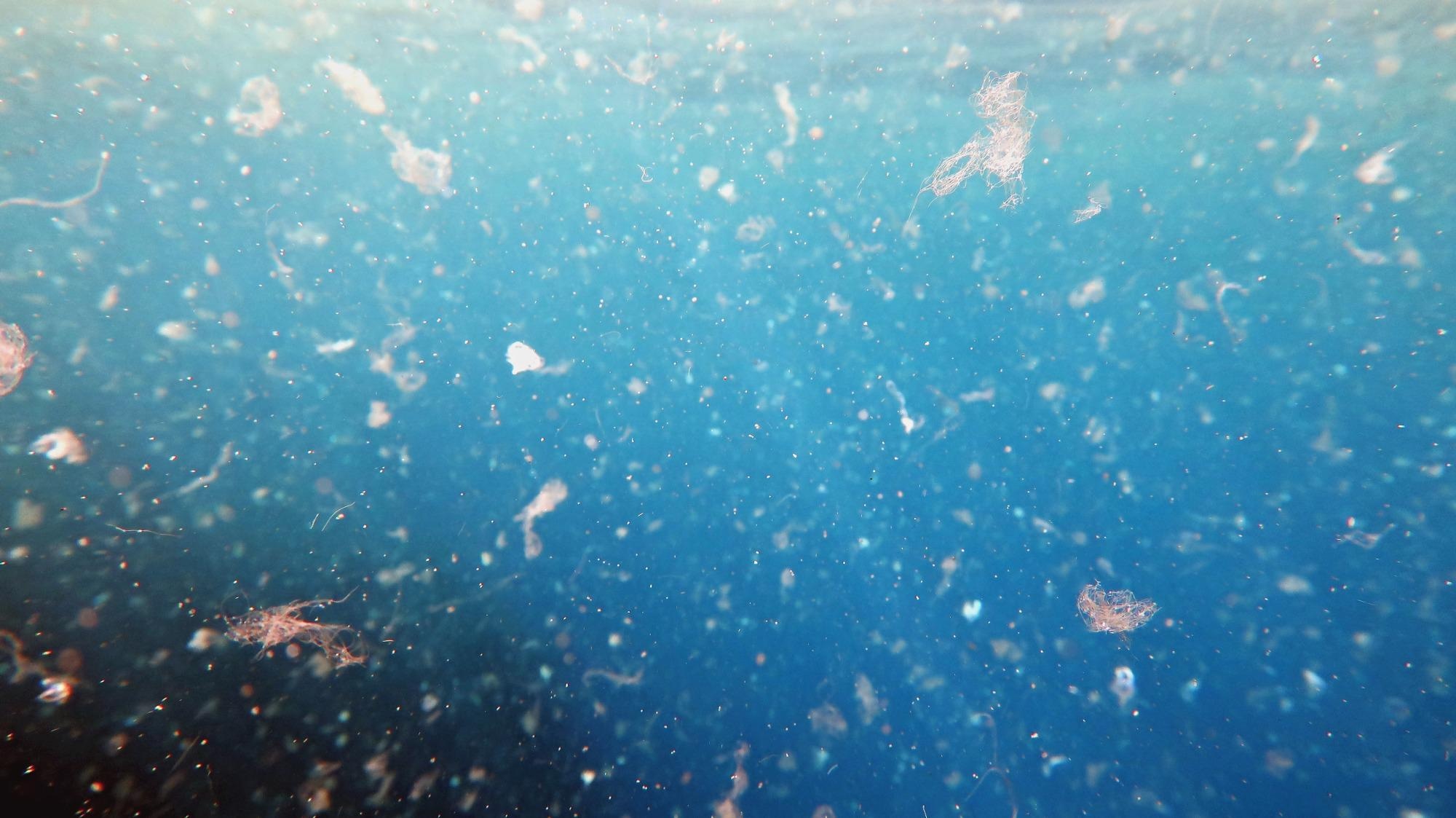Dr. Peter S. Ross from Ocean Wise speaks to AZoCleantech about microplastic pollution in our oceans.
When did you first start investigating microplastics?
I have been conducting research on priority pollutants for 35 years – I first began studying microplastics in 2000, when as a pollution expert, I was asked to serve as an Expert Witness for an enforcement case against a fishing lodge owner who did not feel it was necessary to clean up Styrofoam blocks from beaches after they were lost during a fire. My testimony was going to be that while Styrofoam is generally considered as non-toxic, the breakdown products – the individual Styrofoam beads – could be mistaken for food by zooplankton and small fish. The prosecution was successful.
Can you tell us about your recent research into microplastic pollution in oceans?
I began to look at microplastics in seawater and in zooplankton and reported widespread distribution in the NE Pacific in 2015. After launching the Plastics Lab at Ocean Wise Conservation Association in Vancouver (Canada), we pursued a rigorous, solution-oriented microplastics research program. A major initiative comprised our ‘Microfiber Partnership’ with the outdoor apparel sector (MEC, REI, Patagonia and Arc’teryx) and wastewater treatment authorities (MetroVancouver). Herein, we conducted controlled studies of fiber loss by a variety of textile samples and documented the release of large quantities of microplastics from laundry and from municipal wastewater treatment plants.
With an 800-fold difference in fiber loss between low and high shedding textiles, we concluded that there existed a clear opportunity for more sustainable clothing design. And to our surprise, we began finding a predominance of polyester fibers with virtually identical fiber dimensions in the ocean, culminating with our recent publication reporting that most microplastic particles throughout the Arctic Ocean are fibers (92%), and most of these fibers (73%) were polyester.

Image Credit: Tunatura/Shutterstock.com
Did you encounter any problems when carrying out your most recent research? If so, how did you overcome them?
The field of microplastic research is relatively new, and standardized methods for collection, clean up and analysis are evolving. In addition, microplastics are everywhere – in dust, in air, in water, inside and outside. This led us to spend years developing techniques and standardized protocols to ensure that our samples did not become contaminated in the lab.
Can you tell our readers about your role at Ocean Wise?
I was hired in January 2014 to set up the Ocean Pollution Research Program at Ocean Wise, and subsequently launched the Plastics Lab in 2015. The objective of both initiatives was to conduct high quality solution-oriented research into priority ocean pollution topics.
Can you elaborate on Ocean Wise’s mission to ‘Protect and restore the world’s oceans’?
Ocean Wise builds on a history of conservation research and education espoused since the establishment of the Vancouver Aquarium in 1956. By informing and enabling industry, governments and the general public, we aimed to build a broad constituency dedicated to conserving ocean life for future generations. In pursuing a non-partisan agenda, we seek to nurture positive dialogue among the many stakeholders, and enable a strong forward-looking sustainability agenda.
Microplastics: where are they coming from, and why do they matter? | Ocean Stories
What are the impacts of microplastic pollution on the wildlife that inhabits oceans?
Scientists are concerned that microplastics will affect all sizes and shapes of animals in the ocean. We have witnessed charismatic creatures such as sea turtles, seabirds and marine mammals that have fallen victim to entanglement, suffocation and artificial satiation as a result of plastics and debris.
Why is it important to track where these microplastics come from?
The identification of the source is key to enabling solutions – it reduces rhetoric, hand-waving and the ‘blame game’. In the case of macroplastics and other forms of visible debris, they have labels or are otherwise identifiable, but microplastics are ‘mystery particles’ with no labels or markings.
Conducting high resolution, forensically-based material science allows us to characterize the physical and chemical fingerprinting that can point back to what these particles came from. In lockstep with a study design that allows us to characterize distribution and fate processes, this helps us to contribute to a weight of evidence around the source or source sector.
What are some things you know from your work that you wish more people knew?
While much of our work may be perceived as ‘bad news’, I am convinced that there is a silver lining herein. By discovering new or emerging pollutants, by documenting the risk they pose to aquatic life or human health, and by tracking these back to the source, we are enabling best practices, green (blue) engineering and design, progressive regulations, and consumer education in ways that will protect aquatic life for a sustainable future.
Where can readers find more information?
Readers can find more information on the Plastics Lab section of the Ocean Wise website. And this PDF details a public report on fibers from North American laundry. Additionally, there is a range of informative videos on the Ocean Wise YouTube channel.
About Dr. Peter S. Ross
 Dr. Peter S. Ross is an internationally recognized ocean pollution expert. He has published over 160 scientific articles and book chapters on the fate and effects of a variety of pollutants of concern in the Pacific, Arctic and Atlantic Oceans. He is a frequent advisor to conservation teams in different parts of the world, and has provided advice in support of chemical regulation, species at risk, ocean disposal and ocean health.
Dr. Peter S. Ross is an internationally recognized ocean pollution expert. He has published over 160 scientific articles and book chapters on the fate and effects of a variety of pollutants of concern in the Pacific, Arctic and Atlantic Oceans. He is a frequent advisor to conservation teams in different parts of the world, and has provided advice in support of chemical regulation, species at risk, ocean disposal and ocean health.
He recently served as the Vice-President of Research at Ocean Wise, where he founded the Ocean Pollution Research Program. Dr. Ross and his team at Ocean Wise launched PollutionTracker (http://pollutiontracker.org/), the first comprehensive monitoring program for pollutants of concern in coastal British Columbia; Ocean Watch (https://research.ocean.org/program/ocean-watch), a coast-wide ocean health report card; and the Plastics Lab, a dedicated high resolution facility working with industry, government agencies and academia on microplastic pollution.
He previously served for 16 years as a federal Research Scientist with Fisheries and Oceans Canada. His work with priority pollutants and microplastics has led to numerous invitations to advise industry, government, the G7, the European Union, and the OECD. His work has been featured prominently in national and international media. Dr. Ross is an Adjunct Professor at UBC Department of Earth, Ocean and Atmospheric Sciences, and at the UVic School for Environmental Studies.
Disclaimer: The views expressed here are those of the interviewee and do not necessarily represent the views of AZoM.com Limited (T/A) AZoNetwork, the owner and operator of this website. This disclaimer forms part of the Terms and Conditions of use of this website.